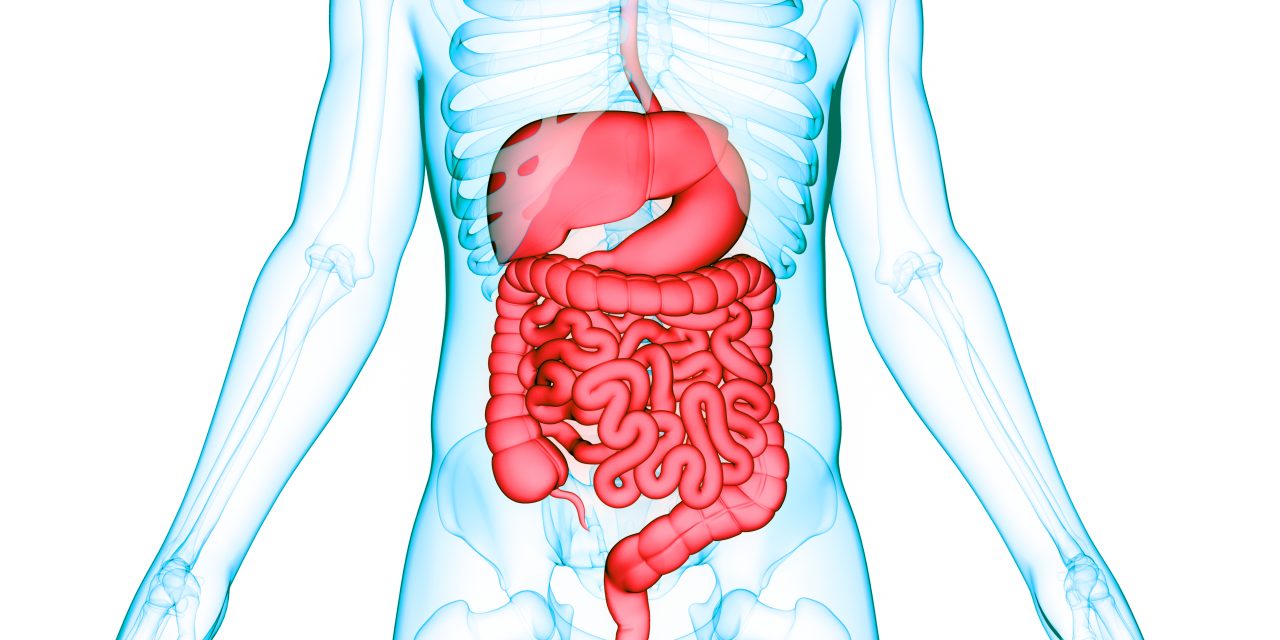Certain patients with inflammatory bowel diseases (IBD), including ulcerative colitis and Crohn’s disease of the colon, have an increased risk of developing colorectal cancer (CRC) when compared with patients without IBD. While IBD is relatively rare in the general population, it remains one of the important high-risk conditions predisposing patients to CRC. The majority of patients with IBD will not develop CRC, but two factors that increase CRC risk have been identified: 1) CRC risk increases after 8 to 10 years of having ulcerative colitis, and 2) the more extensive the colonic involvement, the higher the CRC risk. Patients with disease limited to the rectum do not have an increased risk of CRC, while patients with ulcerative proctosigmoiditis or left sided colitis have an intermediate risk. The greatest risk is for those whose entire colon is diseased. The risks are similar for those with extensive Crohn’s colitis.
An individualized and sensible approach to CRC surveillance in patients with IBD is essential. In the February 2010 issue of Gastroenterology, the American Gastroenterological Association (AGA) released a medical position statement and technical review on the diagnosis and management of colorectal neoplasia in IBD. The goal of the statement was to ensure that patients receive the highest level of treatment. The recommendations were designed to help identify high-risk individuals and develop individualized surveillance plans based on each patient’s unique situation.
Assessing Risks
The AGA position statement provides important information on assessing CRC risk in IBD patients. Disease duration, more extensive disease, severity of inflammation, primary sclerosing cholangitis, and a family history of sporadic CRC have all been associated with an increased risk of developing CRC in patients with IBD. Colonic strictures in patients with ulcerative colitis and/or a shortened colon, and/or multiple post-inflammatory pseudopolyps are also associated with an increased risk of CRC. Furthermore, increasing degrees of histologic inflammation has been identified as a risk factor for progression to colorectal neoplasia.

The literature indicates that dysplasia detected on biopsy is currently the best marker for CRC risk in IBD. Use of chromoendoscopy in high-risk patients appears to be a viable strategy to identify dysplasia and cancer. More research is needed to identify genetic, molecular, or biochemical markers that can be measured in tissue, blood, or stool and are associated with an increased risk of colorectal neoplasia.
Treatment Recommendations
Current data indicate that patients with IBD and a non-adenoma-like dysplasia-associated lesion or mass that doesn’t lend itself to being completely removed by colonoscopy should be treated with colectomy. Conversely, patients with an adenoma-like dysplasia-associated lesion or mass removed endoscopically and without evidence of flat dysplasia elsewhere in the colon can be managed safely by polypectomy and continued surveillance. Flat high-grade dysplasia found on random biopsies and confirmed by a pathologist with expertise in IBD is associated with undiagnosed synchronous cancer (present in 42% to 67% of cases) and therefore should be treated with colectomy. However, the current evidence is insufficient on the benefits and harms of colectomy for flat low-grade dysplasia found on random biopsies.
In general, surveillance colonoscopy appears to result in at least a moderate reduction of CRC risk in patients with IBD, and those with extensive ulcerative colitis or Crohn’s disease of the colon are the most likely to benefit. With more research, there is hope that we’ll determine more conclusively if certain medications used to treat IBD might also help to prevent colorectal neoplasia.



 Janine Anthes
Janine Anthes